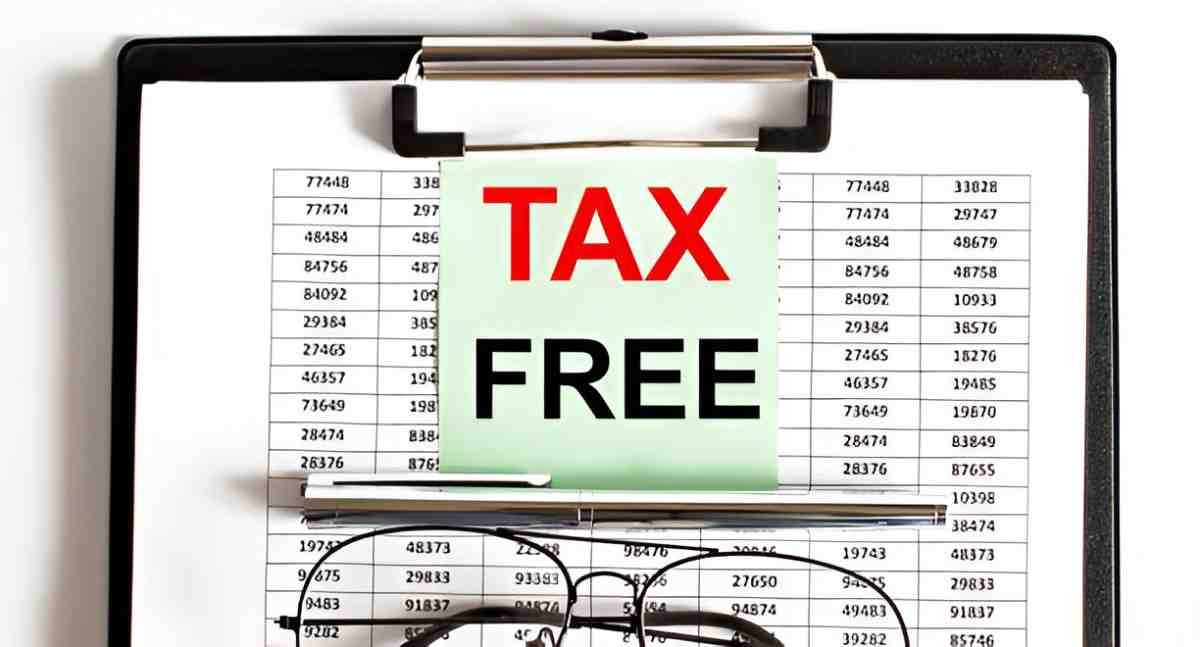Introduction
Investing in tax liens can be a lucrative way to generate passive income. However, finding a free tax lien list is not always straightforward. Many websites charge fees for access to tax lien lists, but there are ways to obtain them at no cost. In this article, I will explore what tax liens are, where to find free tax lien lists, how to analyze them, and the risks and rewards involved in tax lien investing. I will also include practical examples, comparisons, and key considerations for investors.
Table of Contents
What Is a Tax Lien?
A tax lien is a legal claim placed on a property when the owner fails to pay property taxes. The government sells tax lien certificates to investors to recover the unpaid taxes. The investor then collects interest on the amount paid, and if the property owner does not pay off the lien within a specified period, the investor may have the right to foreclose on the property.
How Tax Liens Work
When a property owner fails to pay property taxes, the local government imposes a lien on the property. The government then auctions off tax lien certificates to investors. These certificates represent the unpaid tax debt, and the investor earns interest until the property owner redeems the lien. If the owner fails to pay, the investor may proceed with foreclosure.
Example Calculation of a Tax Lien Investment
Suppose a property has $5,000 in unpaid property taxes, and the tax lien certificate is auctioned with an 18% annual interest rate. If I purchase the lien and the property owner pays off the debt after six months, I will earn:
\text{Interest Earned} = \frac{18\%}{2} \times 5,000 = 0.09 \times 5,000 = 450 \quad \text{This means I will receive} \, 5,450 \, \text{in total.}Where to Find a Free Tax Lien List
Finding a free tax lien list requires knowing where to look. Below are several sources that provide this information without cost.
1. County Tax Assessor and Treasurer Websites
Most counties provide tax lien lists on their official websites. Searching for the “delinquent tax list” or “tax lien sale list” on a county treasurer’s website often yields useful results.
2. Public Records Requests
Under the Freedom of Information Act (FOIA), tax lien records are publicly accessible. Requesting tax lien lists directly from the county can be an effective way to obtain them for free.
3. County Tax Lien Auctions
Many counties publish tax lien auction lists online or in local newspapers. Attending these auctions can provide insights into available liens.
4. State Revenue Departments
Some states maintain centralized databases of tax liens. Checking the state revenue department’s website may yield a free list of available tax liens.
5. Local Newspapers
Certain counties publish tax lien notices in newspapers. These listings provide details on properties with outstanding tax debts.
Comparing Free vs. Paid Tax Lien Lists
| Feature | Free Tax Lien Lists | Paid Tax Lien Lists |
|---|---|---|
| Cost | $0 | Varies ($20–$500) |
| Accessibility | Public records | Subscription-based |
| Data Accuracy | May require verification | Typically verified |
| Convenience | Manual search needed | Ready-to-use format |
| Updates | Periodic | Frequent |
Evaluating Tax Lien Investment Opportunities
Once I obtain a tax lien list, I analyze it carefully. Here are the key factors I consider:
1. Interest Rate
Interest rates vary by state. Some states, such as Florida, offer a maximum interest rate of 18%, while others like Iowa cap rates at 2% per month.
2. Property Value
Before purchasing a tax lien, I assess the property’s value. If the property is worth less than the lien amount, the investment may not be worthwhile.
3. Redemption Period
Each state sets a redemption period, which is the time the property owner has to pay off the lien. Shorter redemption periods allow for quicker returns, but longer periods provide more security.
4. Lien Priority
Tax liens take priority over most other debts, but checking for additional liens ensures I understand my position in case of foreclosure.
Risks of Tax Lien Investing
Investing in tax liens carries risks. Some key risks include:
1. Property Owner Default
If the property owner does not redeem the lien, I may need to foreclose, which involves legal costs.
2. Low-Quality Properties
Some tax liens are attached to properties in poor condition or undesirable locations.
3. Legal Complexities
Each state has unique tax lien laws, requiring investors to be familiar with legal nuances.
Conclusion
Finding a free tax lien list requires effort, but it is possible through county websites, public records requests, and state databases. Tax lien investing offers high returns but carries risks, making due diligence essential. By carefully analyzing tax lien lists and understanding state-specific regulations, investors can make informed decisions and capitalize on tax lien opportunities.





